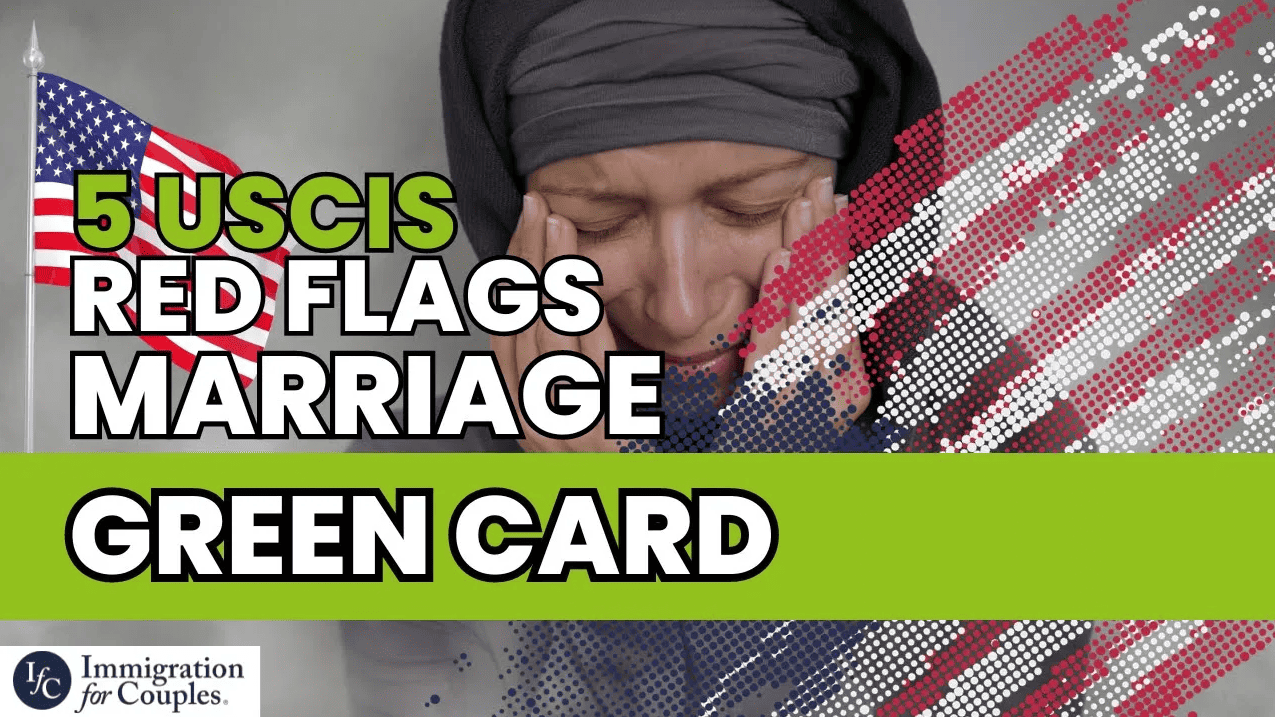DACA or Deferred Action for Childhood Arrivals was first created to shield youth from removal proceedings in 2012. It’s essentially administrative relief that not only protects them from removal from the country but also gives them work authorization.
There are some stipulations on who can even register for this. You have to be of a certain age, you have to have been here on a certain date, and be here continuously as well. Most DACA recipients have been here since childhood, they don’t even remember their birth country and they’ve been here brought here by their parents a long time ago.
The Status of DACA
On October 5th, the Fifth Circuit Court of Appeals basically affirmed a lower court’s decision that DACA is unlawful. This court in particular has had several rulings against the DACA process. This Lower Court which was affirmed by the Fifth Circuit Court of Appeals basically defined DACA as being unlawful for two reasons.
The first reason is that when DACA was first put into place, it was under the Obama Administration in 2012. It was a memorandum put out by the Department of Homeland Security. The first argument or point that the court makes was that it was not obtained through the normal lawmaking process. This would be where a bill is offered, there is public comment, and then it is voted upon by our congressional legislature, the senate in the house, and then signed into law.
The second reason that it was deemed unlawful is that the court ruled that DHS had essentially overstepped their the authority that had been given to it by Congress. Most agencies are given a certain amount of authority by Congress to do their job. A lot of times that is to make administrative policies. We have lots of those agencies at the federal level and this one was stating that that authority had been overstepped by DHS in promulgating this memorandum or this rule.
Those two things are important because there have been some additional things that have occurred. On the lawmaking part of that process, we’ve had some things be given by the Biden Administration that are calls to action and things that we can do to help move that ball forward.
Things You Can Do
It might be worthwhile if you are engaged to a US citizen or you have a US citizen spouse to seek some legal assistance or at least have a consultation that would allow you to discuss more permanent options. Know that those are there for you. You can schedule a consultation with our firm and there are tons of resources in your local area as well to be able to find more information about that.
The Biden Administration has offered a 60-day comment period. It’s set to go into effect at the end of October and this would codify the DACA rule. It is important for you to reach out to your congressional representatives and tell them that you support this law and you want them to support it federally as well so that we can get this passed.
One thing that has been pretty universal on both sides of the spectrum is the DACA program so let’s codify it and get that into an actual rule that’s gone through the right lawmaking process.
One thing that this new rule does is it separates out the work authorization because that’s essentially what that Fifth Circuit Court had ruled. The promulgating of the work permits may be where DHS overstepped its boundaries. Under this new rule, you’d be able to apply not only just for the deferred action or the ability to not be removed from the country but it separates it out from the employment authorization.
You don’t necessarily have to do both. It bifurcates it. You could do one or the other or you could still apply for work authorization as well.





